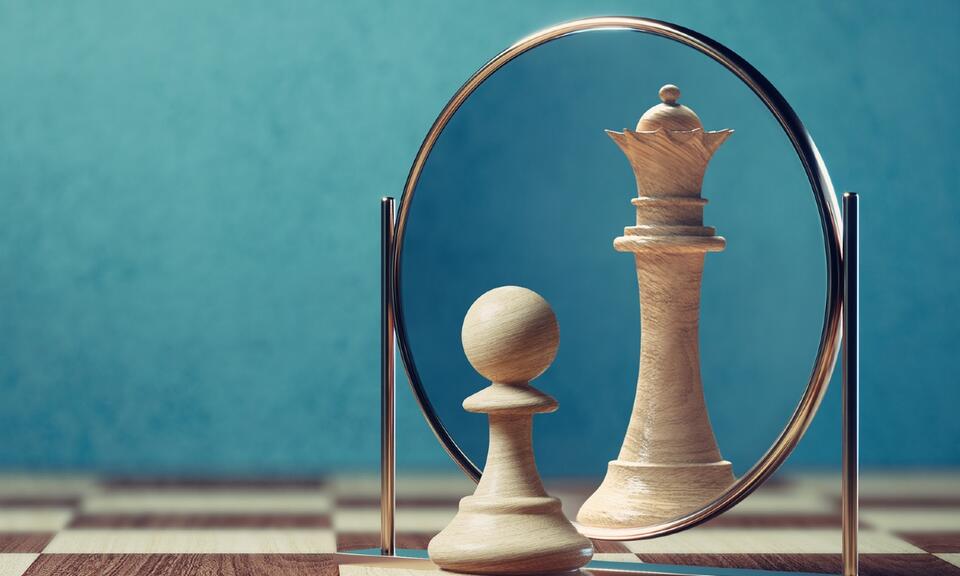
Brand archetypes have been used to help companies connect with consumers for 20 years – and, when used correctly, they are still a vital tool for marketers
Building on Carl Jung's work on the characters that exist within the human mind, the 12 brand archetypes such as the Creator, the Magician and the Sage, are used to present brand values and messages in a recognisable and relatable way to target audiences.
But the world in 2023 is very different to the one brand owners experienced in the Noughties when these brand archetypes first emerged. When the trend kicked off, it was perhaps appropriate that brands focused almost obsessively on a single archetype, to avoid dilution or brand schizophrenia. But consumers and communication channels have changed beyond all recognition. The advent of social media and the internet has led to the democratisation of brands, with consumers helping to create their own brand narratives.
Layering brand archetypes
As a component of marketing strategy, brand archetypes can be controversial, and we accept they are no panacea for today's complex challenges, but brands are fundamentally intangible assets and archetypes remain a useful tool for marketers.
While some consider brand archetypes to have had their day, the most successful and fastest-growing brands continue to leverage them, albeit in an increasingly sophisticated and colourful way. We now see brands layering multiple archetypes, revealing new aspects of their personality across the customer journey to respond to consumers' changing needs.
Multiple archetypes are used to drive brand stories, create tension, develop intrigue, and allow consumers to build their own unique and intimate relationship with the brand. They help brands behave more like people, developing a rich and varied conversation, which addresses the needs of a more diverse consumer population as they notice, engage with, and ultimately commit to, the brand. This creates a more enduring connection.
The world of consumers, communication channels and context has now changed beyond all recognition
Let's take Harley-Davidson and Barbour. Surely they can't have anything in common? American-owned Harley-Davidson is often believed to be heavily anchored solely on the Rebel archetype. Barbour feels quintessentially British, conjuring images of country estates and idyllic family scenes. Yet, our analysis reveals a Harley brand that is not monolithic, but instead crafts a complex and rather surprising story, weaving together several different and unexpected archetypes.
Surprisingly, its storytelling is not too dissimilar from Barbour’s, whose recent video campaigns are dominated by the Rebel archetype. Not only does a comparison of Barbour’s recent video marketing initiatives with Harley’s reveal similarities, but Harley’s videos have an unexpected warmth. The Companion archetype, for example, is present in both brands.
What we see when we map Harley and Barbour side by side serves to break the common myths about each brand, especially the notion that Harley is primarily a Rebel brand. In fact, both brands have more of the Patriarch about them. Although one Patriarch may be on a bike and the other walking on their estate, the feeling is similar. Both brands tell a story of a person seeking a close connection, a position of status within their community, while also having a sense of independence and exploration.
Brand harmony vs. brand tension
Just as Harley-Davidson and Barbour share similar archetypal patterns, we found pairings that cropped up time and again across brands and sectors – some that harmonised and others that created tension. Dove, for example, evokes various archetypes within one campaign to express different underlying tensions by leveraging two opposing sides of the archetypal map: the need for love and connection versus the need for significance. Women are shown both as strong individual leaders but also as powerful friends.
In the automotive sector, the Engineer–Shaman and the Engineer–Visionary are the two top archetypal combinations, with only a few brands breaking away from that: Land Rover with Explorer–Seeker, Jeep with Explorer–Entrepreneur, Jaguar with Ruler–Athlete and Alfa Romeo with Athlete–Lover.
The most successful and fastest-growing brands continue to leverage brand archetypes
Our findings suggest that marketers would benefit from assessing both their own brands and the competitive landscape in which they operate, using the tool at the centre of our research. Where there is overlap, this is likely to reflect sector needs.
Exploring the relevance of different archetypes against known data about consumers and the customer journey will inevitably highlight archetypes and pairings that fit, and can be used to reinforce the brand-consumer relationship. Anything that makes brands more personable, relatable, and captivating has to be a good thing.
This article draws on findings from "Exploring the Changing Role of Brand Archetypes in Customer-Brand Relationships: Why Try to Be a Hero When Your Brand Can Be More?" by Omar Merlo (Imperial College London), Andreas Eisingerich (Imperial College London), Richard Gillingwater (Founder of RADNB) and Jia Jocelyn Cao (University of Georgia).

